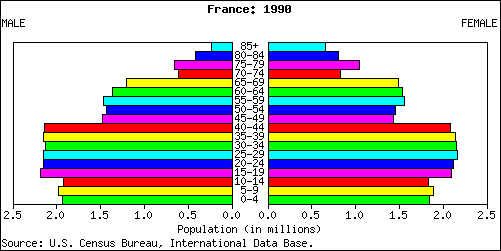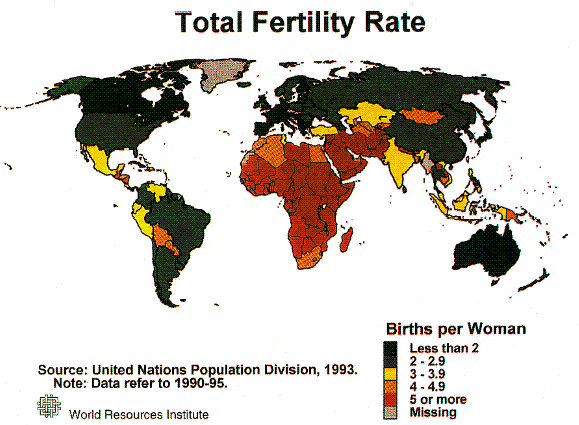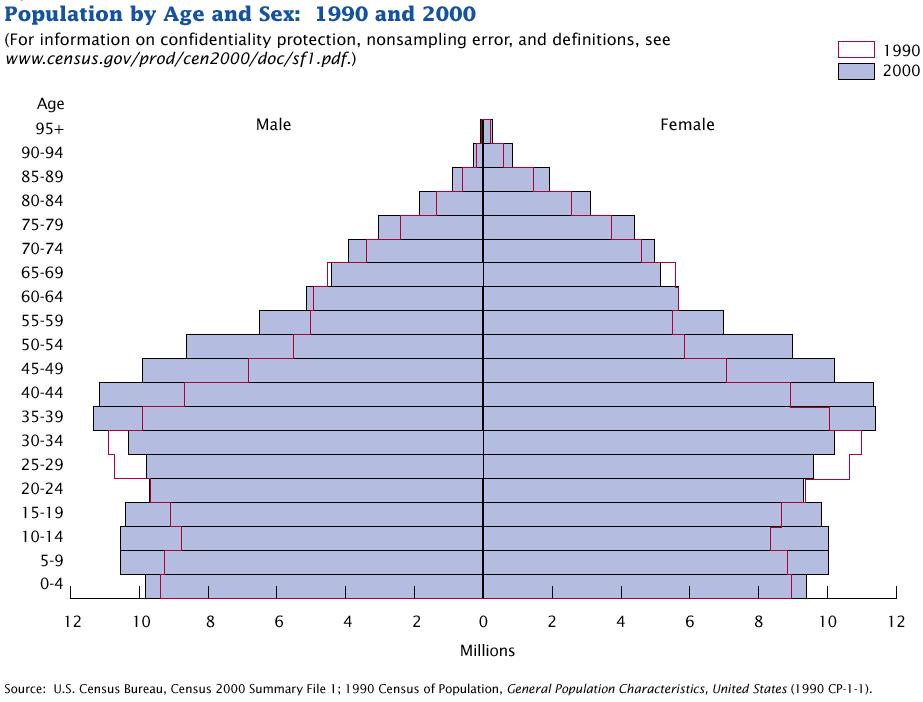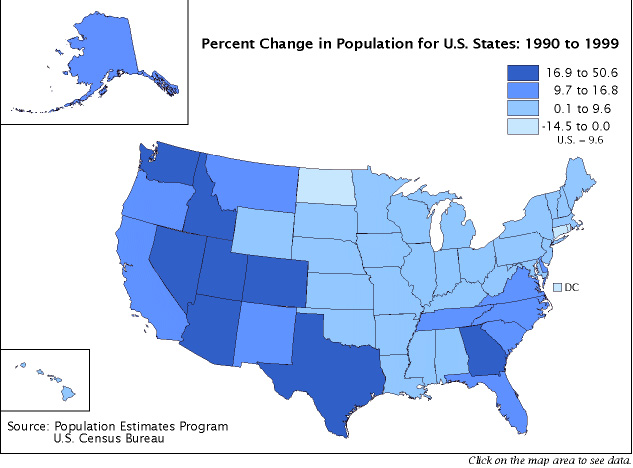 Demography
DemographyPopulation Momentum, a principle driver of future changes.by Joseph Siry
Population growth's impacts on future consumption patterns are driven by demographic momentum such that today's fertility generates tomorrow's population in the absence of high mortality.
Because fertility drives population momentum this population pyramid of French changes in their population since 1990 shows why generations must pass before demographic momentum subsides.
Defining terms | population pyramid | chemical momentum | population momentum | growth | consequences | France | Florida
Population change and its associated momentum as shown here is a dynamic process.Population pyramids reveal how changes in fertility reverberate through time.
The dynamic process is driven by fertility patterns, indicating the number of children born, or live births.
Population momentum, consumption, and technological inventions are speeding up the rate of human intrusions on life sustaining resources.
We are living in momentous times. Quite literally the number of people on earth, as they reproduce create an inherent momentum by increasing population and demand for resources. Then there are long lived pollutants in the atmosphere called CFCs and HCFCs that are inert and will remain aloft for decades heating the air and catalyzing the loss of upper atmospheric ozone. This is a sort of chemical momentum and it is directly due to technological improvements in refrigeration. Indirectly refrigeration is a response to the need of more people for preserving food and a cause of increasing demand for electricity. There is also a momentum in the speed at which electricity delivers all sorts of things to us.
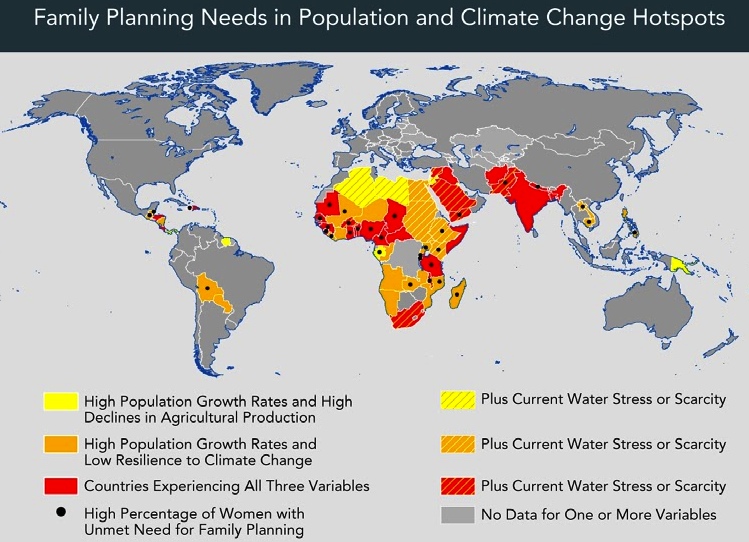
So three types of momentum speed up our living conditions. Population growth, chemical pollution that persists over time, and rising demand for electricity, that fuels emissions, technology and consumption. On a finite planet technology and reproduction have conspired to create unprecedented landscape, ocean and atmosphere alterations contributing to climate change.
population pyramid | chemical momentum | population momentum | growth | consequences | France | Florida
Population momentum is a product of the total fertility rate and is best represented by a population pyramid where the cohorts of births over deaths every year are grouped in decades and portrayed visually as a graphic "pyramid."
As shown above, this so-called population pyramid graphically displays the relative number of males and females in each age group; the wider the line the greater the population of people in those age cohorts. A cohort is all the people born in a particular year.
population pyramid | chemical momentum | population momentum | growth | consequences | France | Florida
To understand this consider the situation three decades ago. Thirty two years ago last March, Congress under the leadership of Ernest Gruening, Senator from Alaska, began a series of hearings on the "population crisis." The irony of the past three decades is that we are living through that crisis while denying the real consequences of a growing population.
While it my be common sense to behave in a critical situation calmly as if no serious consequences will occur, the fact that Congress, the nation and social movements around the world have not understood the seriousness of growing population has tragic consequences for us all. Senator Gruening's committee was alarmed in 1966, about the potential population growth's adverse impact on the world's economic subsistence patterns. The Earth, then, had 3 billion people! They had acted more responsibly than have today's Congress.
Then, U.S. had 192 million people in 1964, while China had 690 million and India and Pakistan together 570 million people. Dr. Kermit Krantz, an anatomy and gynecology professor at the University of Kansas Medical Center, testified before the Senate committee. He warned that "the next thirty years may turn out to be the most critical in all of man's existence." (p. 623, US Senate Hearings, Committee on Government Operations, 89:2d. S. 1676, March 9 & 31, April 6, 1966.) There are three interpretations of Krantz's alarm.
This animated population pyramid shows both age and gender of the United States population. He was either correct, or he was wrong, or we don't know yet. In 2014 there were more than 318 million residents making the US the third largest nation in the world after India and China.
First, either we are living through the critical time, or two we are not and he was mistaken. Or he was correct and we are about to learn the lesson that since population growth has a momentum we are going to feel the consequences of this current critical period sometime in the next century. If we are living in a great crisis of a population explosion -- and there are signs of the critical juncture Krantz spoke of -- then we either don't recognize the symptoms or we disagree about the causes. There are also those who have denied for three decades that rapidly growing population is a problem at all. More people means more money and more prosperity for all. Physicians and professors are not infallible. But surely Krantz was not so wrong that we can ignore the evidence he and others presented about the costs of population growth.
The consequences of population growth can be seen in three broad categories of their impact upon us. First is the impact on families, the second is on social institutions and the third is on health and safety. Testimony given to the Senate thirty years ago has an eerie sound to the topics presented. For example, crowded public housing was in a deplorable condition, more women were having children out of marriage and at younger ages, and the impact of urban density on social pathology.Today we are still hearing an echo of the complaints heard by these Senators in 1966. While there are exceptions to these general rules, families of the affluent have shrunk to a smaller size more quickly than the rate of decrease in the size of poorer families. The critical inability of the nation's economy in prosperous times to house the working poor is a national scandal. Over thirty million have no health coverage. The amount of violence in urban areas is a serious national issue that remains difficult to alleviate. The world has more than doubled in population since 1966, Florida has increased even faster with two and one-half times more people. California and Texas have replaced New York and Pennsylvania as the most populated states. More high wage manufacturing jobs have been lost from the US to rapidly growing Asian and Latin nations than have been replaced by service employment.
population pyramid | chemical momentum | population momentum | growth | consequences | France | FloridaFlorida, as an example of a place that has doubled in population every twenty years for the past 80 years, is an example of the cost of denying population momentum. Usually people think of population as a matter of controlling births. Clearly fertility control, the rights of women to economic security and confidential medical advice are key components in stabilizing population.
But migration, very difficult to curtail, is just as much a problem with respect to population stress. Studies in Florida reveal, growth of urban neighborhoods in distant reaches of large and small counties does not pay for itself. New residents can not pay for police, fire, schools and urban services. Older residents subsidize the extension of these services to newcomers and sales taxes end up distributing these costs to the transient tourist population. Growth -- long touted as a good economic activity -- can not pay for itself under the existing fiscal relations among states, counties and municipalities. In Texas school districts are so unequal with respect to the amount of money spent on a per pupil basis that the State Supreme Court argued to have equity in school district funding on a statewide basis. Because schools are the first line of defense to cave when population growth occurs, we frequently don't see the costs of rising population. When the price of affordable housing rises faster than the average wages affordable housing declines. This is really an indicator of the cost of population growth. So much so that theorists from the 18th century until now have suggested that misery and vice act to limit population size. Census Bureau findings a decade ago, (1994) suggested that "Population growth is concentrated among adults in their thirties and forties, and the elderly." This means that one cause to increasing health costs is the rise in the elderly demanding service. The other lesson is that the fertility behavior of our women who were mothers between 1945 and 1965 still impacts the population profiles today and will continue to for the next thirty to forty years. This is strong evidence for improving the health care, educational opportunities, and economic security of women who are entering their child bearing years. Instead of social security for the aged, a worthy goal, there needs to be a similar system for children. International research reveals that when the life expectancy of children is brief, families compensate for this expected loss by having more children. It is very clear that the status of women, their access to literacy and security is a key element –a predictive factor– in the size of population. Unless we act on that belief now the consequences will be with us for decades!
Defining terms | population pyramid | chemical momentum | population momentum | growth | consequences | France | Florida
There were many voices thirty years ago warning us about the future. One was William Vogt, executive secretary of the Conservation Foundation. He said "If I were a Californian or Floridian I should work for a heavy "new resident's tax" or a "settlement tax" covering, let us say the first five years," and sufficiently large to cover per capita costs of schooling, water, sewerage, roads, et cetera." (Ibid. p. 724.) As we choose to act on or ignore the opportunities that rising population brings with it the assumption that there is no problem is dangerous to the very institutions we wish to protect.Overcrowding produces air and water pollution, may lead to epidemics of violence and reduces the effectiveness of education. Crowded classrooms are breeding grounds for delinquent behavior, yet it is easier to blame parents than it is to tax ourselves for better, smaller schools.
If educational institutions need money to work well, imagine the cost of hospitals, clinics and diagnostic treatment centers for therapy. Health care is not affordable by over 40 million people in the country. Without access to treatment, or preventive therapies, people become unhealthy. Schools to educate the mind and public health to educate the body in preventing debilitating or contagious disease are necessary investments of a responsible society. We are judged by how well we care for those who have neither the access to adequate schools or the capacity to afford preventive health care.
Defining terms | population pyramid | chemical momentum | population momentum | growth | consequences | France | Florida
Population momentum technically speaking is the capacity of any group to continue to grow based on fertility increases, the timing of fertility (a boom or "boomlet"), the decline in mortality or the migration of people to a place.
A discussion of the meaning of the term "density" in demography.
Social sciences index
The World at Seven Billion, Wiki.


